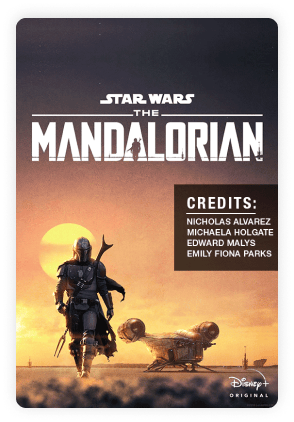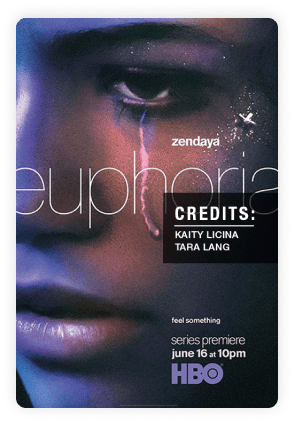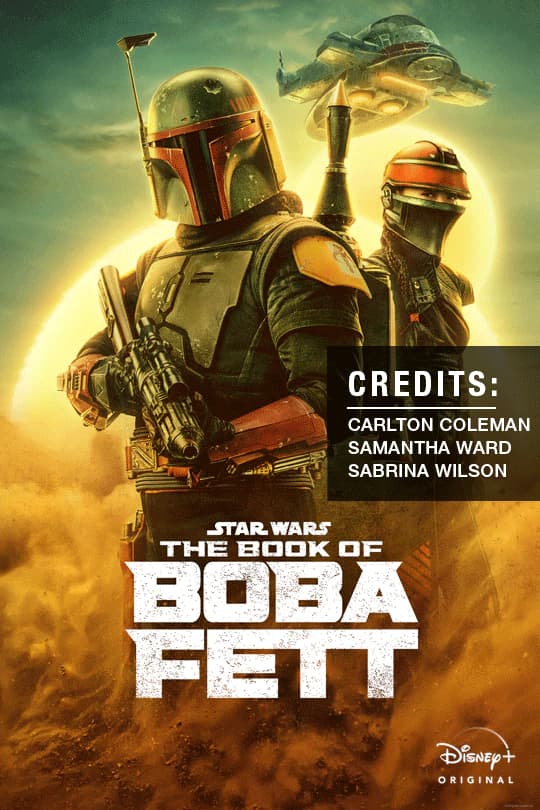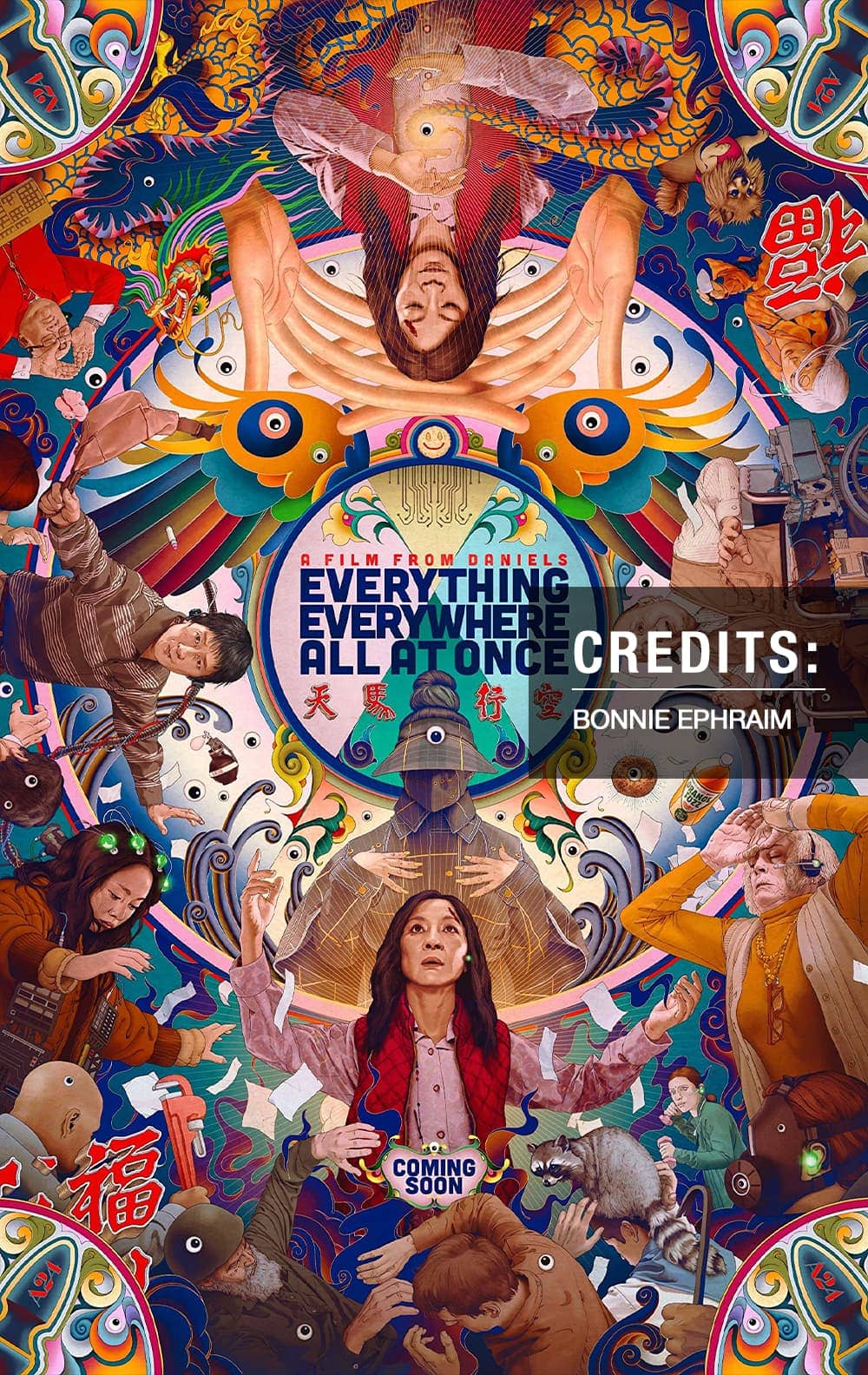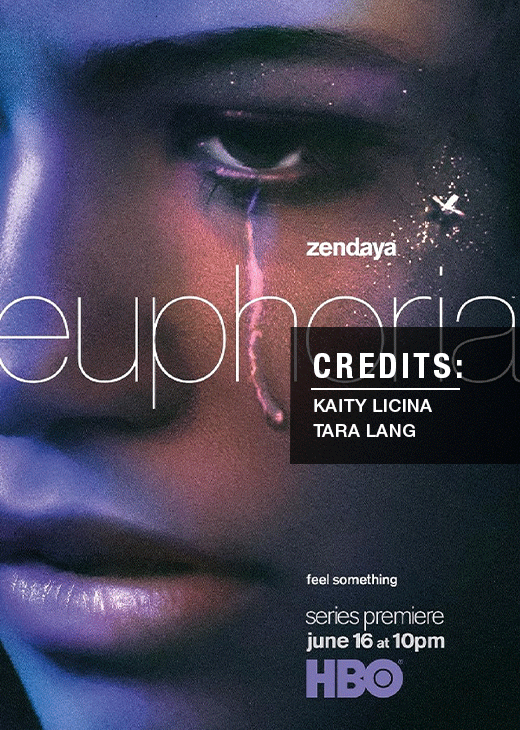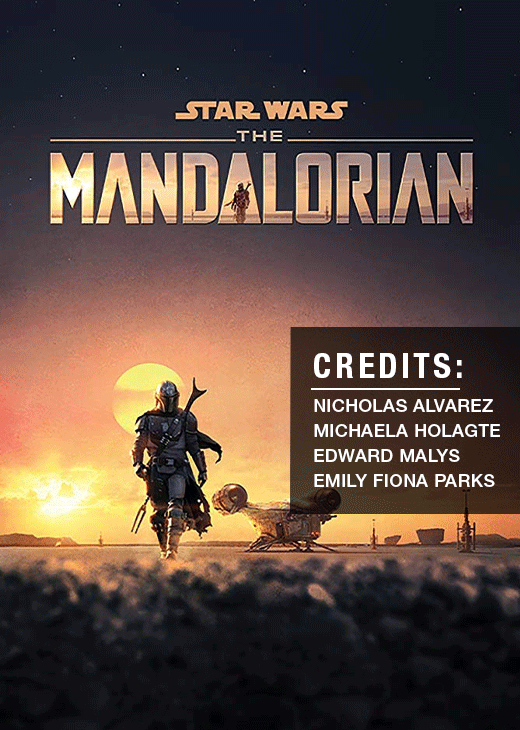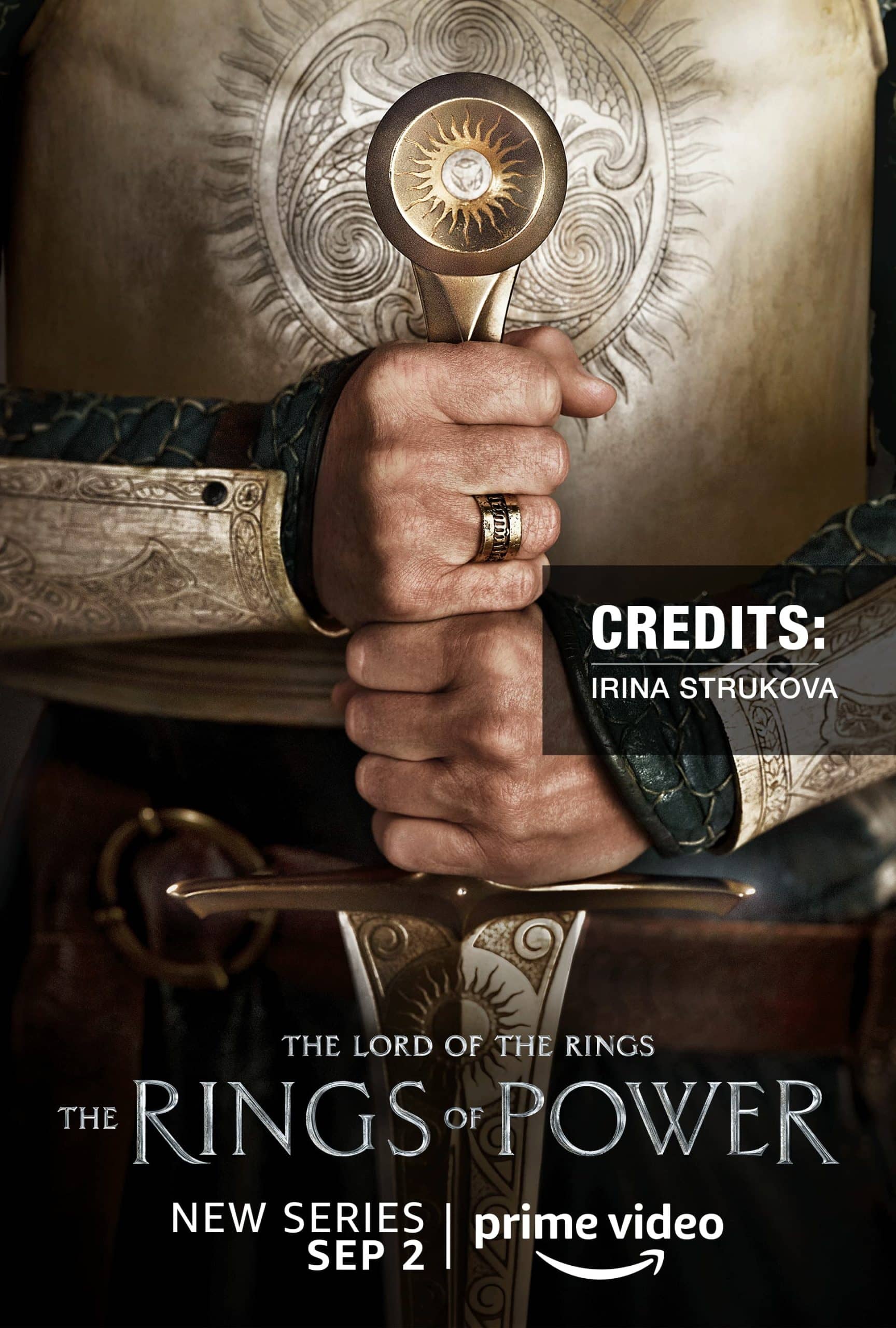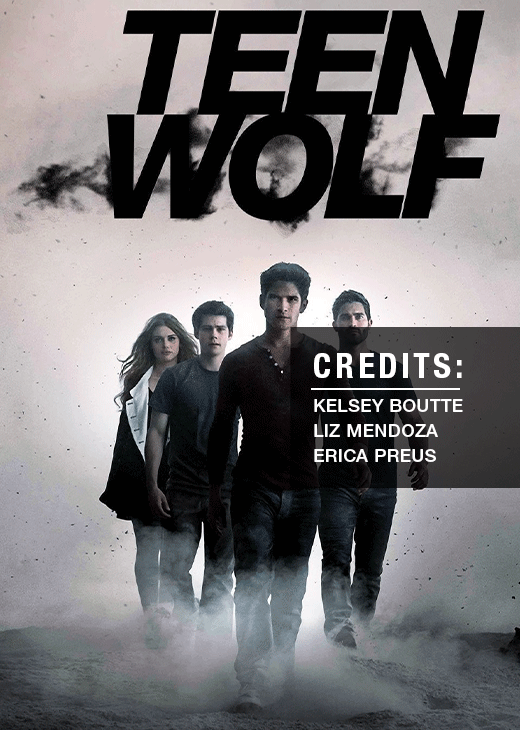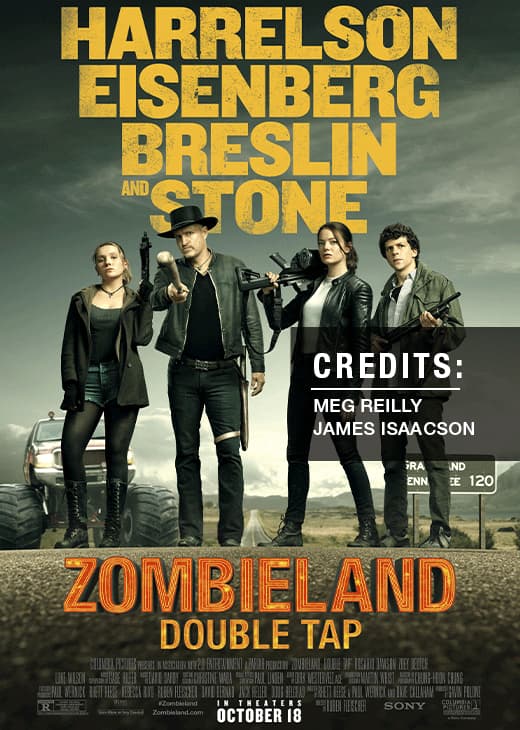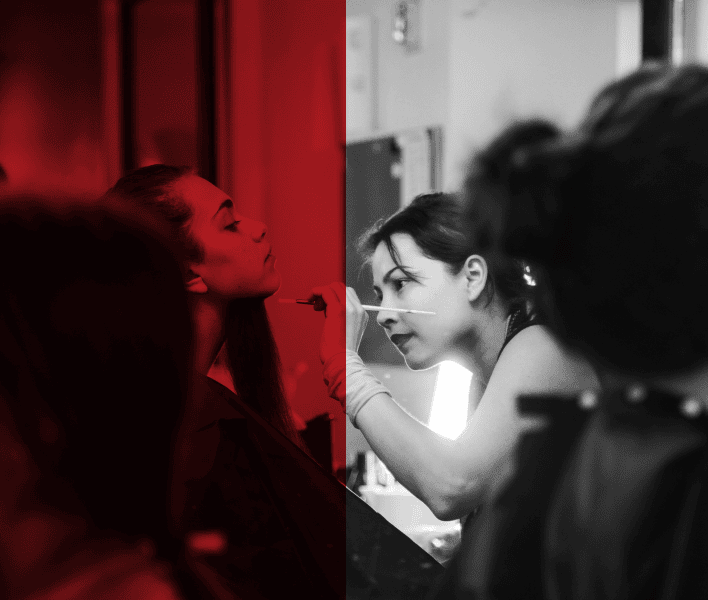From monstrous creatures and hyper-realistic wounds to intricately crafted prosthetics, SFX sculpting starts with choosing the right clay. But with so many materials available, how do you know which one fits your project best?
Whether you’re designing a prosthetic appliance, sculpting a maquette, or prepping for a character bust mold, this guide will break down the various sculpting clay types, their ideal uses and how to avoid common sculpting issues like cracking or sagging along the way.
Get ready to dive in and shape something extraordinary.
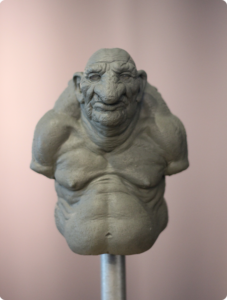
Why Clay Matters in Special Effects Makeup?
In special effects makeup, clay plays a critical role in bringing concepts to life. Before any prosthetic is molded, painted, or applied to an actor, it begins with a sculpt and that sculpt depends entirely on the quality of clay. This material isn’t just a surface to work on, it’s the base that shapes every fine detail, texture and form used in film, television, or stage productions.
Choosing the right clay for sculpting impacts everything from how realistic your design looks to how successfully it can be molded. If your clay lacks strength, flexibility, or detail retention, your entire sculpture can suffer, leading to lost texture, warping, or failure during the mold-making process. On a professional set, that means wasted time, materials and opportunity.
The value of clay also lies in how well it responds to tools and techniques. High-end sculpting clay allows for sharp lines, skin textures and anatomical accuracy that are essential for believable prosthetic work. On the other hand, using low-grade or incorrect clay can cause cracks, slumping, or poor mold release.
Main Categories of Sculpting Clay for Special Effects Makeup
All sculpting clays fall into a few main categories. Here’s a breakdown:
| Clay Type | Base Type | Reusable | Mold Friendly | Best For |
| Monster Clay® | Oil-Based | ✅ Yes | ✅ Excellent | Detailed prosthetics, busts |
| Chavant NSP | Oil-Based | ✅ Yes | ✅ Excellent | Character design, lifelike textures |
| Plastilina | Oil-Based | ✅ Yes | ✅ Good | Body parts, general SFX sculpting |
| WED Clay | Water-Based | ❌ No | ⚠️ Needs sealing | Life-size busts, fast concept sculpts |
| Air-Dry Clay | Water-Based | ❌ No | ❌ Poor | Quick textures, lightweight props |
| Polymer Clay (e.g., Sculpey) | Polymer | ❌ No | ❌ Not ideal | Miniature models, baked props |
Different sculpting clays offer different benefits. Monster Clay and Chavant NSP are top choices for detailed SFX work. Plastilina clay is great for practice and larger builds. WED clay suits fast, large sculpts. Polymer clay works for miniatures and tools, while Air-Dry clay is ideal for quick concepts. Let’s explore which types of sculpting clay best suit your next creation.
1. Monster Clay
Monster Clay is considered the gold standard in SFX sculpting. This oil-based clay is smooth, easy to work with and holds fine detail remarkably well.
Key Benefits:
- Reusable and Sulfur-Free: Safe for all molding materials.
- Temperature Sensitive: Softens when heated, hardens when cooled.
- Making a mold from Monster Clay is highly preferred in special effects makeup, as the clay captures fine textures accurately and ensures a smooth release during the molding process.
Use Case: Sculpting prosthetic appliances, creature faces and full busts.
Monster Clay is often the clay of choice in professional FX workshops and schools due to its performance and reliability.
2. Chavant NSP
Chavant NSP (Non-Sulfurated Plasteline) is another high-end, oil-based clay known for holding ultra-fine detail and being non-toxic.
Pros:
- Great for precision detail
- Comes in soft, medium and hard grades
- Won’t inhibit silicone molds
Use Case: Perfect for character design and hyper-detailed creature builds.
Caution: Due to its firmer consistency compared to Monster Clay, Chavant NSP can be harder to manipulate at room temperature and may need pre-warming with heat tools to avoid strain or loss of sculpting control.
3. Plastilina
Plastilina clay is a time-tested, oil-based clay for sculpting that has remained a staple in both SFX makeup and traditional sculpting industries for decades. Its non-drying, reusable nature makes it a practical choice for artists working on long-term projects or larger maquettes.
Pros:
- Easily Accessible: Available in most art supply stores and widely used in educational and professional settings.
- Budget-Friendly: More affordable than many high-end sculpting clays, making it ideal for large-scale builds or repeated practice.
- Good Working Time: Holds its shape without drying out, allowing for extended sculpting sessions without time pressure.
- Great for Bulk Forms: Performs well when blocking out larger shapes or body forms before detailing.
Caution: Some types of Plastilina clay may contain sulfur, which can react negatively with silicone mold materials. Always check the clay’s label before use. It can also become overly soft or oily in warmer temperatures, which may reduce sculpting precision.
Use Case: Best for practice sculptures, full-body creature builds and educational projects where cost, availability and long working time are key priorities.
4. WED Clay
WED (Walter E. Disney) clay is a water-based sculpting clay used primarily for large sculptures and fast turnaround times.
Why Artists Love It:
- Sculptures can be completed quickly
- Great for creating texture and expression
- Can be smoothed with water
Caution: WED clay dries quickly and can crack easily.
Wondering how to prevent clay from cracking when using WED? Always cover your sculpture with plastic and a damp cloth between sessions. Use a spray bottle to keep it hydrated.
Use Case: Ideal for theatrical busts, life-sized sculptures and rough drafts.
5. Polymer Clay
Polymer clay isn’t typically used in traditional SFX prosthetic work, but it still serves a useful role in certain aspects of the workflow, especially when creating miniatures, rigid props, or texture tools.
Why Use It:
- Perfect for Miniatures and Models: Polymer clay is excellent for small-scale figures, teeth sculpts, or character maquettes that don’t require molding.
- Hardens Permanently: Once baked, it cures into a hard, plastic-like finish that holds its shape and fine detail.
- Great for Props and Tools: Often used to create rigid components, texture stamps, or sculpting aids used in broader SFX workflows.
Caution: While useful in some applications, polymer clay molds are not recommended for SFX prosthetics. Once baked, the clay becomes brittle and lacks the flexibility needed for molding processes or wearable effects.
Use Case: Best for miniature sculpts, rigid prop elements, or custom texturing tools – not for flexible or skin-safe prosthetic applications.
6. Air-Dry Clay
Air-dry clay is a lightweight, beginner-friendly sculpting material that doesn’t require baking or special equipment.
Pros:
- No Heat Required: Dries on its own without the need for an oven or kiln.
- Good for Simple Projects: Useful for creating lightweight mock-ups, quick concept props, or non-flexible display pieces.
Caution: Air-dry clay is not mold-safe and lacks the flexibility and durability required for SFX-grade prosthetics. It’s also highly prone to cracking, especially when drying too quickly or applied in thick layers.
Use Case: Best suited for non-molded mock-ups, student practice, or concept design—not for wearable or moldable effects in professional settings.
FAQ: How Do You Keep Air-Dry Clay from Cracking?
To keep air-dry clay from cracking, start by kneading it well to remove air bubbles and ensure a smooth texture. Apply the clay in thin layers rather than thick sections, which helps it dry more evenly.
Let your sculpture dry slowly in a cool, shaded area, avoiding direct sunlight or heaters. Lightly misting the surface during sculpting can maintain moisture and prevent surface stress. Cracking often happens due to uneven drying or overworking, so handle the clay gently and allow time for each section to set properly.
Don’t miss these guides:
How to Create Creature Design Using Latex, Silicone & Prosthetics?
Foam Latex vs Silicone: Choosing the Right Material for SFX Prosthetics
How to Apply Latex & Vinyl Bald Caps in Character Makeup?
Oil-Based vs. Water-Based Clay – Which One Should You Use?
| Feature / Property | Oil-Based Clay | Water-Based Clay |
| Composition | Made with waxes, oils and fillers | Made with natural clay and water |
| Drying Time | Does not dry out; reusable indefinitely | Dries out over time (can be rehydrated temporarily) |
| Detail Retention | Excellent for fine detail; perfect for prosthetics and maquettes | Good for general sculpting, less ideal for high detail |
| Tool Compatibility | Works well with metal and heated sculpting tools | Can be used with traditional clay tools and brushes |
| Mold Compatibility | Ideal for silicone mold-making (if sulfur-free) | May not be compatible with all molding materials |
| Working Time | Unlimited; does not dry or cure unless intentionally heated | Limited working time before drying starts |
| Texture & Feel | Smooth, dense and waxy | Softer, more pliable; similar to ceramic clay |
| Reuse | Fully reusable | Partially reusable, can degrade over time |
| Best For | Professional SFX sculpts, prosthetics and maquettes | Practice busts, quick concept sculpting and educational use |
| Caution | Some types contain sulfur—check before mold-making | Tends to crack if dried unevenly or layered too thick |
Check out our YouTube channel to see how our students create jaw-dropping looks!
Deciding between oil-based and water-based clay comes down to the type of sculpture you’re making. If your project demands high detail, long working time and mold-readiness, such as prosthetics, creature busts, or character maquettes, oil-based clay is the better fit.
For quicker builds like practice busts, classroom models, or large-scale mockups where drying time and fine detailing aren’t as critical, water-based clay offers more flexibility and ease of use.
Read This: Need guidance on how to sculpt with clay? Look no further than Cinema Makeup School. Located in Los Angeles, California, USA, we’re proud to be one of the top special effects makeup schools, equipping students with hands-on experience and real-world projects guided by industry experts.
Interested in joining us? Take a tour of our campus today!
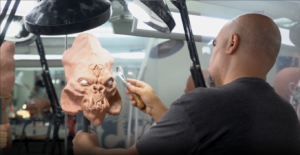
Essential Clay Sculpting Tools Every SFX Artist Should Own
No matter how skilled you are, your results will always reflect the quality of the clay sculpting tools you use. From building rough forms to refining skin textures, the right tools help you bring your creative vision to life with precision.
- Loop Tools: Essential for carving, shaping and removing clay while maintaining control over your forms.
- Rake Tools: Great for smoothing larger surfaces and creating subtle muscle transitions or volume shifts.
- Metal Spatulas: Used for fine detailing—perfect for adding scars, pores, wrinkles and skin folds.
- Heat Gun or Warming Tray: Must-haves when working with oil-based clays like Monster Clay or Chavant NSP, making the sculpting process smoother and more efficient.
- Spray Bottle (for water-based clay): Keeps your piece moist and workable, preventing cracking during long sculpting sessions.
Looking for professional clay or clay sculpting tools? Visit our store and explore industry-grade materials.



